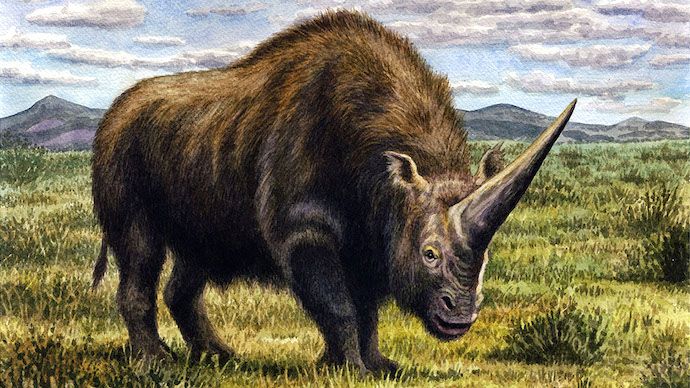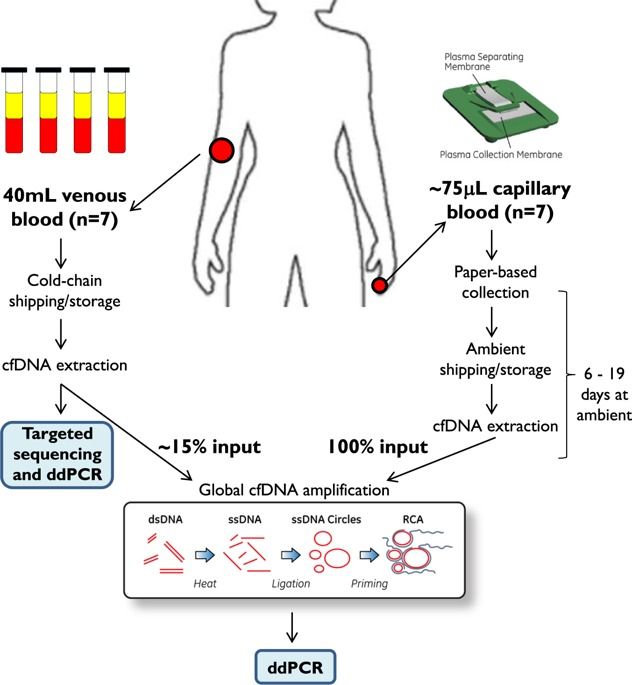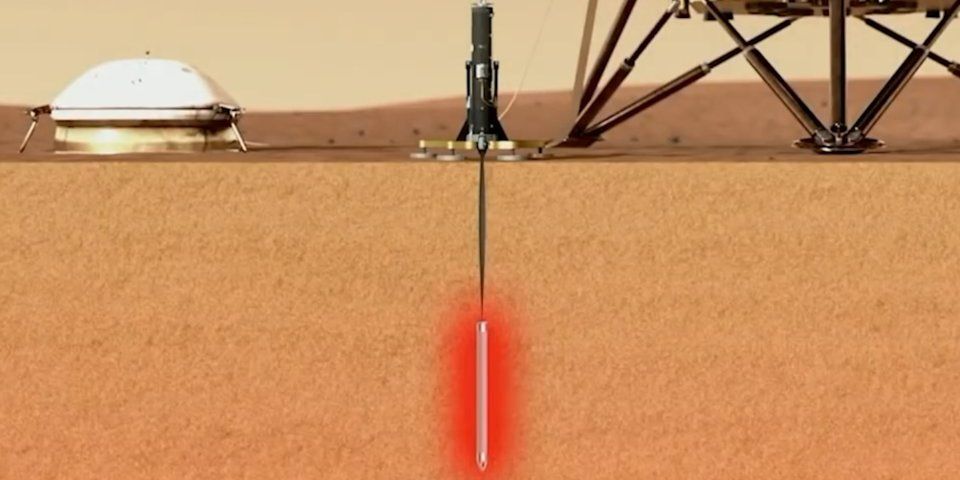Page 9270
Nov 28, 2018
Siberian Unicorn Walked Earth Alongside Humans
Posted by Genevieve Klien in category: futurism
Unicorns are real (though not as colorful as we like to imagine), and they lived at the same time as modern humans.
Ancient rhino species Elasmotherium sibiricum, known as the Siberian unicorn, was long thought to have died some 200,000 to 100,000 years ago.
Improved fossil dating, however, now suggests it survived until at least 39,000 years ago, likely sharing Eurasia with modern humans and Neanderthals.
Continue reading “Siberian Unicorn Walked Earth Alongside Humans” »
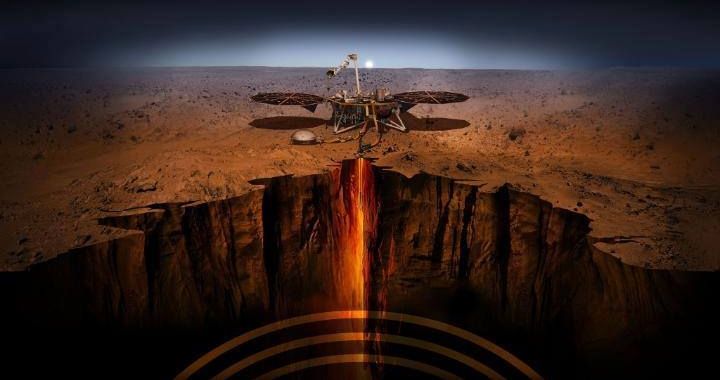
Mars just received its newest robotic resident. Our NASA InSight lander successfully touched down on the surface of the Red Planet yesterday after its 300-million-mile journey from Earth. Learn what insights we hope to gain from it and get your Mars on: https://go.nasa.gov/2FJEygW
Nov 28, 2018
There was a time when the resemblance between Mars and Earth was uncanny, but 3 or 4 billion years ago, these two worlds took different paths
Posted by Michael Lance in category: space travel
Now that our NASA InSight spacecraft had a successful #MarsLanding, scientists will be able to compare our home planet to its rusty sibling like never before. Find out how: https://go.nasa.gov/2FK9f5G
Nov 28, 2018
Strange waves rippled around the world, and nobody knows why
Posted by Mary Jain in category: futurism
I don’t have time to find my collection of relevant maps but if I’m correct and, present day plate tectonics are going in the opposite direction than commonly understood version of Pangea then, increased global temperatures are melting ice and exacerbating movement along the main lines of separation — from the Eurasian plate (most solid) moving apart down both sides of India, along the Eastern coast of Africa and, perhaps all the way through to Antarctica, where significant ice melt has been detected underneath.
Instruments picked up the seismic waves more than 10,000 miles away—but bizarrely, nobody felt them.
Nov 28, 2018
3D.fab’s BioAssemblyBot Wants to 3D Print Skin onto People
Posted by Klaus Baldauf in categories: 3D printing, bioprinting, biotech/medical, robotics/AI
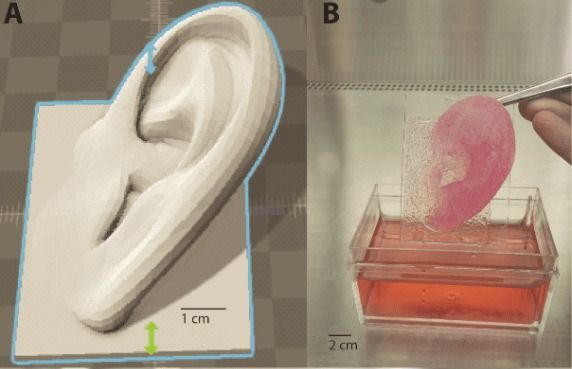
3D bioprinting continues to diversify as more and more companies and research organizations join the field, each bringing their own take on the technology to the table. French collaborative platform 3D.fab has an intriguing approach towards bioprinting that involves a freeform robot capable of directly printing on a part of the body. In the video below, the BioAssemblyBot prints what appears to be a bandage directly on an arm:
Continue reading “3D.fab’s BioAssemblyBot Wants to 3D Print Skin onto People” »
Nov 28, 2018
Whole genome amplification of cell-free DNA enables detection of circulating tumor DNA mutations from fingerstick capillary blood
Posted by Genevieve Klien in category: biotech/medical
The ability to measure mutations in plasma cell-free DNA (cfDNA) has the potential to revolutionize cancer surveillance and treatment by enabling longitudinal monitoring not possible with solid tumor biopsies. However, obtaining sufficient quantities of cfDNA remains a challenge for assay development and clinical translation; consequently, large volumes of venous blood are typically required. Here, we test proof-of-concept for using smaller volumes via fingerstick collection. Matched venous and fingerstick blood were obtained from seven patients with metastatic breast cancer. Fingerstick blood was separated at point-of-care using a novel paper-based concept to isolate plasma centrifuge-free. Patient cfDNA was then analyzed with or without a new method for whole genome amplification via rolling-circle amplification (WG-RCA). We identified somatic mutations by targeted sequencing and compared the concordance of mutation detection from venous and amplified capillary samples by droplet-digital PCR. Patient mutations were detected with 100% concordance after WG-RCA, although in some samples, allele frequencies showed greater variation likely due to differential amplification or primer inaccessibility. These pilot findings provide physiological evidence that circulating tumor DNA is accessible by fingerstick and sustains presence/absence of mutation detection after whole-genome amplification. Further refinement may enable simpler and less-invasive methods for longitudinal or theranostic surveillance of metastatic cancer.
Nov 28, 2018
This Farewell Photo of Mars by an Interplanetary Cubesat Is Absolutely Amazing
Posted by Alberto Lao in category: space
A tiny interplanetary traveler called MarCO-B caught a stunning image of Mars as it bid farewell to the Red Planet.
Nov 28, 2018
Cockroach milk: The superfood of the future is now
Posted by Mike Ruban in category: futurism
Nov 28, 2018
NASA sent an $850 million hammer to Mars and it could uncover clues to an outstanding mystery in our solar system
Posted by Alberto Lao in category: space travel
It’s the largest drill NASA has ever sent to space.
NASA sent an $850 million lander to Mars. Insight will dig deep into the planet as the first of its kind to study the planet’s interior.

